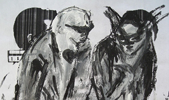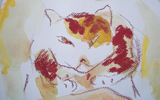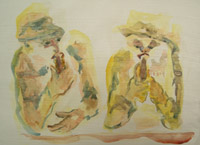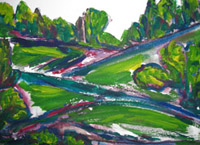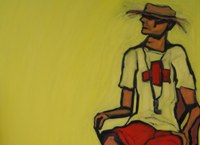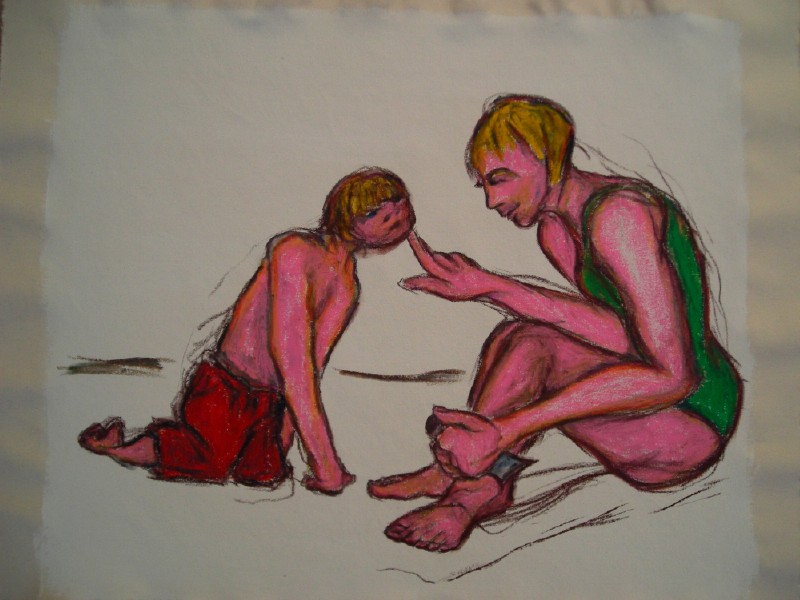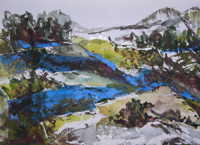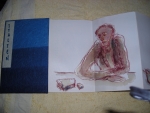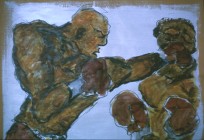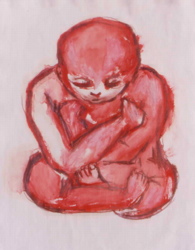You’d Be Prettier If You Smiled – Identity, Gender, and Dissonance
A smile is just a smile. Unless, of course, it isn’t. Smiles start out as reflex, and then, just about six weeks into this life, smiles become social. The smile connects us, makes us feel familiar, and evokes feelings of happiness. The pretty baby has its path paved.
But with maturity, that social smile has different meaning linked to gender. That smile has different value linked to culture. And that smile can become an untrustworthy sign leading to deeper dissonance when it masks underlying conflict.
If a cigarette or a bottle of whiskey is being sold to a targeted male consumer, the image of a rugged man may stare ahead with only his own thoughts in the world. Insert a woman into the sales pitch and she smiles, attracts, and engages. How women are expected to present themselves – how they are expected to perform and please – this social imperative is a challenge to the seriousness of competency and judgment.
There is the promise of a smile. It is an unspoken agreement to be agreeable, to be compliant, to acquiesce. And there is the equation of the pretty – it is agreeable, it conforms to norms, it is non-challenging.
But art has broader and deeper expectations than a pretty object to satisfy an aesthetic sensibility. Art is fortified by the new, the changing, the different. Art is an ever-evolving landscape of ideas and materials building upon, expanding, dismantling what stood before. A serene landscape gives way to a realism of poverty peeling away to a scientific schema of colored dots exploding then into expressive personal placement and then dissolving into a limpid blackness. Each generation pushes against the parent and the emerging artwork stands up to tussle with the past.
Art can take an object, place it on a wall or pedestal, shine a spotlight on it and illuminate or transform its meaning. In You’d Be Prettier If You Smiled, Susan Abbott Martin, Maria Porges, and Ashlee and Holly Temple upend this reproach to assert the primacy of concept and substance. These challenging artists take the idea of the object – or text or language itself – and transform it. It is an alchemy of materials. And yet, it is more. The elements that are brought together here are also evocative of memory, of loss, of inquiry, even of play.
Within a cultural tradition of development presenting itself in a reactive mode, and often even in an idealistic harkening-back to distant pasts, art turns on the unexpected. It rejects the calmly accepted. In these works the woman’s smile beckons, the lace delicately invites, but paint obliterates and the imposed word contradicts. Through iconic rendition domestic labor is re-characterized. Though evocative in form, the non-functional is not a tool. The word is surgically examined and the shift in meaning dissolves language. It strikes out for a beauty that startles, a beauty that can even encompass the tragic. This is a beauty that can raise the common to the heroic. The art object resists proscription. It resists stereotype. It insists on evaluation on its own terms. These artists resist the proscribed, resist stereotype. They insist on an alternative reading. They insist on their own terms.
The disparagement of craft, of decoration – the relegation of lower status to handwork – these confining and limiting indictments are pronounced over work regularly produced by women. But in these bodies of work that finesse the collaged images, polish the painted surface, and relish the fluid line of cursive, these artists have unhinged meaning from symbol. These works subvert the associations of tools and production – subvert the very language used to communicate. These works reverberate with a dissonance between delicate surface and powerful social indictment. Here the smile may be derisive. The smile may be sardonic. The smile may be ironic. Here, the smile may not be pretty.












